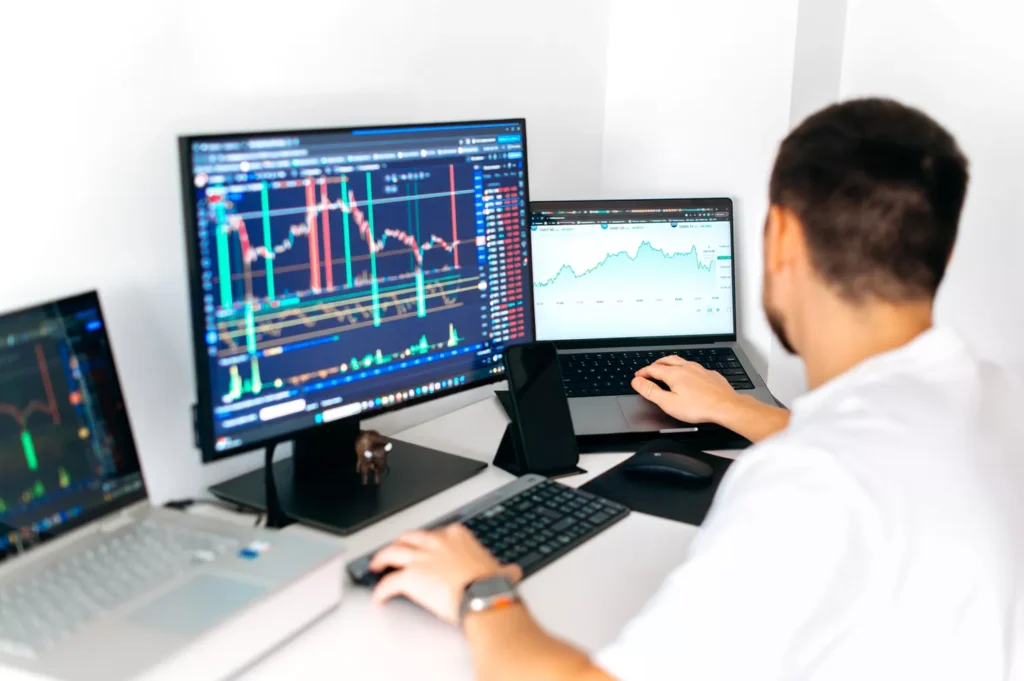Analysts predict that if a 25% tariff is imposed, Apple’s annual EPS could decrease by over 7%. If the iPhone prices do not increase simultaneously, Apple’s gross margin for the next fiscal year might drop by 3.5 percentage points. Ming-Chi Kuo stated that, in terms of profitability, Apple would be better off enduring a 25% tariff impact than relocating iPhone assembly lines back to the United States; it is unrealistic to move all iPhone assembly back to the U.
S. during Trump’s term, and his opposition to manufacturing in India does not guarantee that Apple will not face tariff threats again during his tenure. Apple has encountered the most severe and explicit tariff threats under Trump 2.0. Wall Street generally believes this will have a significant negative impact on Apple, with analysts expecting that the iPhone might be forced to increase in price, and Apple’s gross margin could decrease by up to 3. 5 percentage points. However, Trump’s threats to promote the return of manufacturing might not be very effective. In the view of analysts, Apple cannot comply with Trump’s ‘absurd’ threats because it is inherently impossible to do so, and it is unlikely to achieve a genuine ‘Made in USA’ iPhone in the short or even medium term. It is commented that the U.S. lacks the rich ecosystem of Apple suppliers, manufacturing, and engineering technology, which can only be found in Asia at present. Besides Asia, Apple finds it difficult to establish FATP (Final Assembly, Test, and Packaging) facilities elsewhere due to their large scale and complexity, which are almost equivalent to a town, with hundreds of thousands of people, schools, gyms, medical facilities, and dormitories. A popular argument supporting the repatriation of iPhone manufacturing is that Apple should buy large tracts of land in the U. S. to establish a fully automated iPhone production factory operated by robots. This would eliminate any human resource-related challenges in the manufacturing process, but supply chain experts say this approach is not realistic due to Apple’s frequent demand changes. Moreover, many manufacturing equipment are made in China. Analyst and Apple ‘prophet’ Ming-Chi Kuo commented on social media: ‘In terms of profitability, Apple is much better off enduring a 25% tariff impact on selling iPhones in the U. S. market than relocating iPhone assembly lines back to the U.S.’ Trump’s attitude is starkly different from his first term, and this time Apple ‘cannot escape’. Before Trump’s threat this Friday, some media mentioned that Trump had just met with Apple CEO Tim Cook at the White House on Tuesday. It is commented that the new threat marks a significant change in Trump’s attitude compared to his first presidential term. Users should consider whether any opinions, views, or conclusions in this article are suitable for their specific circumstances.Investors are solely responsible for their investment decisions.



